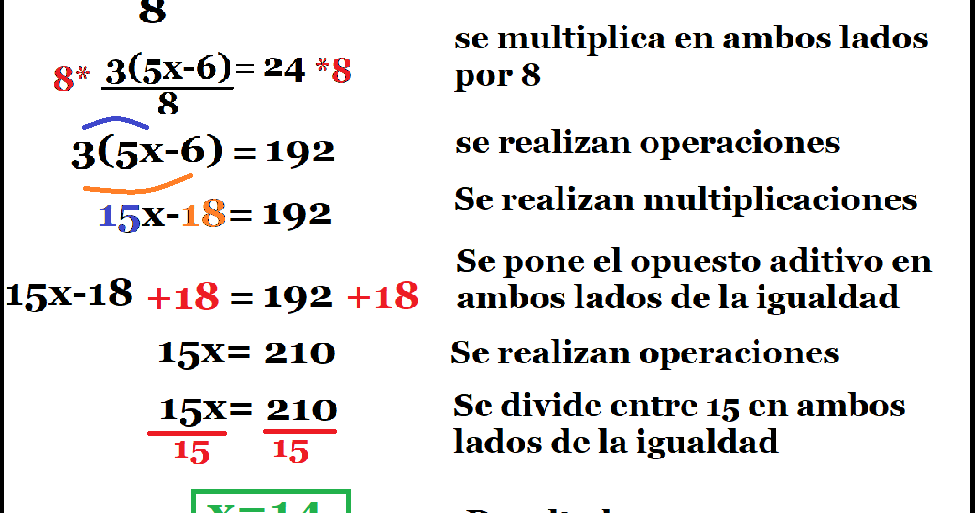Unlocking Patterns: The Power of Visualizing Equations
In the realm of mathematics, where symbols dance and numbers intertwine, lies a powerful tool for unlocking understanding: visualization. Just as a single photograph can capture a thousand words, a well-crafted image can illuminate the intricacies of mathematical concepts, making them accessible and engaging for learners of all ages. Imagine a world where the abstract becomes tangible, where equations transform into visual narratives, and where the beauty of mathematics unfolds before our very eyes.
This is the power of incorporating visuals into the learning process, particularly when it comes to grasping the fundamentals of algebra. For young minds first encountering the world of equations, the transition from concrete arithmetic to the abstract realm of variables and unknowns can be daunting. Visual aids, such as drawings and diagrams, serve as bridges, connecting the familiar world of tangible objects to the more abstract world of mathematical symbols.
Consider the classic equation "x + 5 = 8." While seasoned mathematicians might effortlessly solve this equation, a child encountering it for the first time might struggle to grasp the meaning behind the symbols. However, introduce a simple visual representation – perhaps a balance scale with five objects on one side and eight on the other – and the equation takes on a whole new meaning. Suddenly, the abstract concept of "x" becomes tangible, represented by the missing objects needed to balance the scale.
The use of visuals in teaching algebra is not merely a pedagogical trend; it's rooted in a deep understanding of how our brains learn. Cognitive science has shown that the human mind is inherently visual, processing images far more rapidly than text. By tapping into this innate ability, educators can create learning experiences that are not only more engaging but also more effective in fostering deep understanding.
Moreover, the act of creating visual representations of equations can itself be a powerful learning tool. When students actively engage with the material, translating abstract symbols into concrete images, they deepen their understanding and develop crucial problem-solving skills. This process encourages them to think critically about the relationships between different parts of an equation, fostering a deeper level of engagement than simply memorizing formulas.
Let's delve into a few examples to illustrate the power of visual learning in action. Imagine a student grappling with the equation "2x + 3 = 9." By drawing a simple bar model, where "x" is represented by a bar of unknown length, the student can visualize the equation as two bars of equal length ("2x"), plus three units, equaling a total of nine units. This visual representation makes it easier to see that by subtracting three units from both sides, they are left with two bars equaling six units. From there, it becomes clear that each bar ("x") must represent three units.
Another example involves using number lines to solve equations. Consider the equation "x - 4 = 2." A student can start at the number 2 on the number line and then count four units to the right (since we are subtracting a negative number, which is the same as adding a positive number). The point they land on, 6, represents the solution for "x." These visual aids not only make the process of solving equations more intuitive but also help students develop a stronger number sense and a deeper understanding of the underlying mathematical concepts.
The benefits of incorporating visuals into algebra instruction extend far beyond simply making equations easier to solve. By making math more visual, we can ignite curiosity, foster a love of learning, and empower students to become confident and capable mathematicians.
Arizona border patrol salary what you need to know
Unlocking her heart the art of emotionally evocative love letters
Unlocking the secrets of paladins competitive ranks














